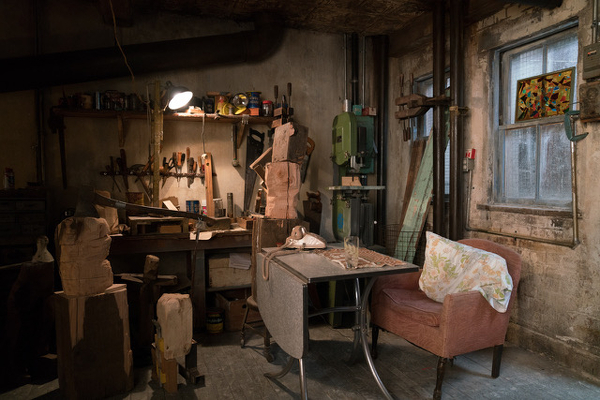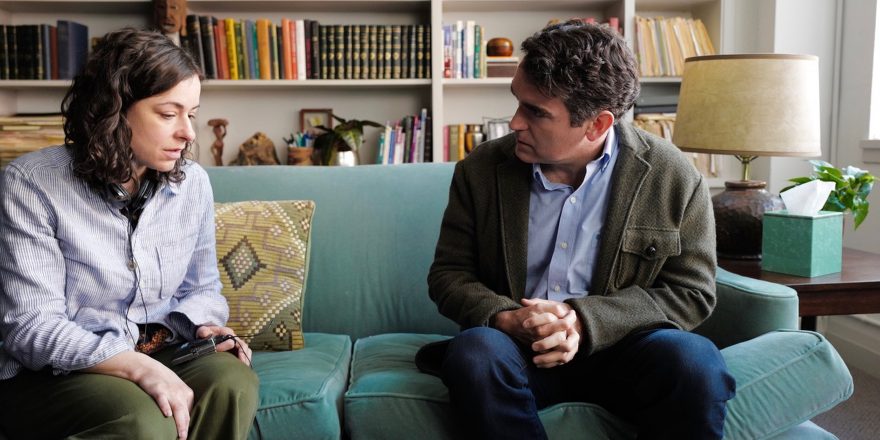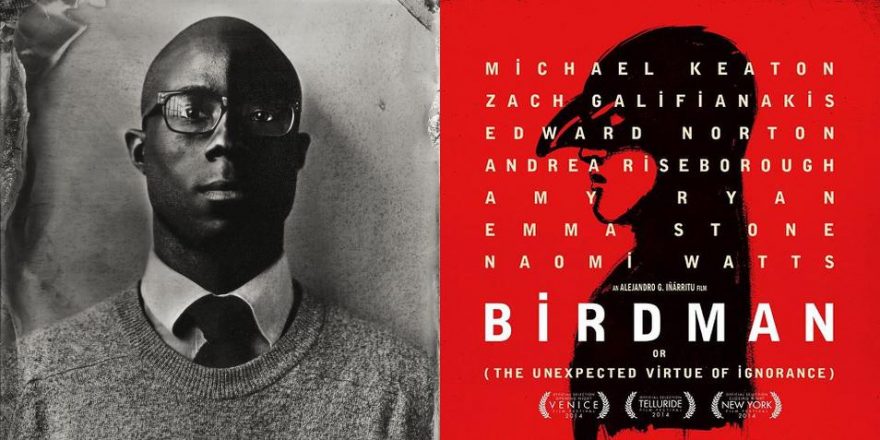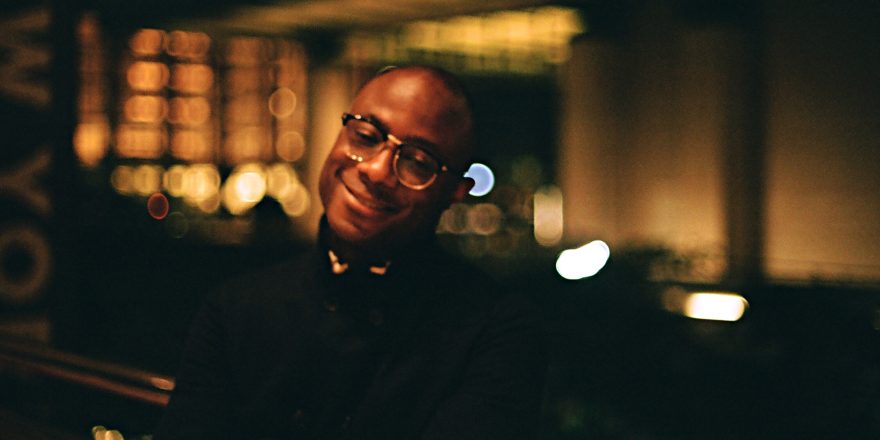A few months after I had watched, along with the whole nation, Warren Beatty and Faye Dunaway fumbling through one of the biggest kerfuffles in Oscar history, I got a call from production designer Mark Friedberg to see if I was available to be the art department coordinator on Barry Jenkins’ next film, If Beale Street Could Talk. He had me at “Jenkins.” Moonlight had just won Best Picture, but I had also been aware of Barry from his first film, Medicine for Melancholy, and loved the lyrical way he told a story.
Barry Jenkins is talented. But we all already know that. Barry is also a genuinely kind person. The first time I met him, he joyfully walked into the art department holding a tray of teetering coffees, offering them to us like we were old friends. It’s the first thing I mention to people when they ask me how it was to work on Beale Street. But even better than the anecdote itself, was the fact that this was not an isolated incident. He did this often.
And the respect Barry showed to his colleagues played out in other ways as well. He never made me feel like I was “non-essential.” He acknowledged me every time he came into the art department office and made me feel a part of things.
Barry was inclusive. I watched him listen. Like, really listen. When there would be a walk-through of a set, or discussions over a model that had been built, I’d watch him and D.P. James Laxton nod their heads and watch as Mark presented his ideas. I never saw them interrupt. When they responded, it came from a place of having taken in the information that was given to them. I never saw these guys wait to talk.
I’ve observed over the years that a common mistake filmmakers can fall prey to, is to underutilize the power of design. Mark creates fluidity in his design; a visual arc. The worlds he creates are as much of a journey as the story. From watching Barry Jenkins work, I could tell how much he cared about that. That the environments he put his characters into were just as important to him as the narrative.
A wonderful example of this in Beale Street is the Bank Street Flat set. I loved how Mark’s design incorporated so much of Fonny’s woodwork. Some pieces unfinished, some just starting out. They were works in progress, not dissimilar to Tish and Fonny’s relationship.
In an article Mark wrote for the Art Director’s Guild, he discussed wanting to connect Fonny’s art to “a freer energy, to his curiosity and to his life on the streets of the city.” He continued: “To that end, his art was devised as an assemblage of found objects, as well as the carving of raw wood all splattered with paint. This led to open and expressive sculptures that often found Fonny hammering together and chiseling wood, trying to find life in the materials, or create life by juxtaposing them.”
That immersive way of thinking is maybe what I value most about my time watching their partnership. How Barry and Mark worked so well together to create backstory that wasn’t on the page. All these layers helped to inform who the characters were and made them feel real to us.

From the art that hung in Tish’s family home, to the tablecloth in Fonny’s flat, each piece was layered in intent. The amount of research that went into every set and location was astounding. Any time I visited set, I felt like I had walked through a time portal. Every knick knack had its own story. The artist the film’s decorator Kris Moran found to represent Fonny’s art, Valerie Maynard, even knew James Baldwin when she was coming up. That was the kind of magic that surrounded this shoot.
When I made the hexagonal leap from art department to director (which I’ll admit is a trajectory not explained with ease!), I found that attention to detail helped immensely when looking at things through the director’s lens. The skills are not too different from one another, actually. Both are about embracing the power of visual storytelling, and the richness that can be found between the lines.
Art people say I think like a director, producers say I think like a designer. I’d say both are true. To be decisive and have a clear vision are both emblematic of the craft.
If I may add an addendum to the above, a clear vision is only advantageous if paired with an open mind. Sometimes, if you are too set in your ways, you can miss out on an opportunity to make something better. Think of a clear vision as a base. Once you have that base, you’ve freed yourself up to go in different directions.
So what did I learn? First and foremost, respect has a real long reach. Surround yourself with people who know more than you in their specialized field, so they can bend with you but also save you from breaking.
And, arguably, the most important, is that coffee tastes best when someone else buys it for you.
Main image: Melissa B. Miller Costanzo talks with Brian d’Arcy James on the set of All These Small Moments.







